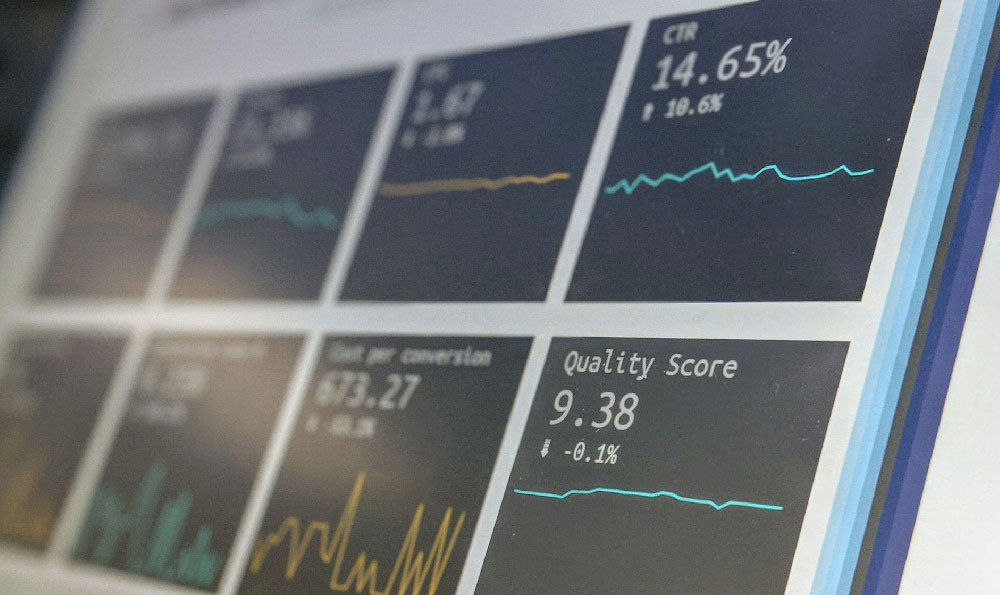The Dynamic Landscape of Uber Eats Driver Earnings: A Comprehensive Exploration of Income Potential, Influencing Factors, and Strategic Considerations
Uber Eats, one of the most prominent on-demand delivery platforms, has significantly reshaped the gig economy by offering individuals the opportunity to monetize their vehicles and time. For those considering entering this market, understanding the financial realities of driver earnings is critical. Unlike traditional employment models, the income potential for Uber Eats drivers per hour is influenced by a complex interplay of variables, including geographical location, operational efficiency, and market demand. To navigate this landscape effectively, one must analyze both the quantitative and qualitative aspects of earnings, while also recognizing the broader implications of gig economy participation.
The baseline figure for Uber Eats driver earnings varies widely depending on the region and the type of vehicle used. On average, drivers in urban centers with high foot traffic and dense restaurant networks may earn between $10 to $30 per hour, while those in rural or suburban areas might secure lower rates. This disparity often reflects the difference in demand and the cost of living. For instance, in major metropolitan areas like New York or Los Angeles, the frequency of delivery requests can justify higher per-hour payouts, even if drivers spend more time commuting to pick up orders. Conversely, in smaller towns, where the number of available delivery spots is limited, drivers may have to compete for fewer opportunities, potentially reducing their hourly income.

Several key factors determine how much Uber Eats drivers make per hour. The first is the pricing model of the platform itself. Uber Eats typically calculates earnings based on the distance traveled, the time spent, and the complexity of the order. However, drivers must also account for platform fees, which are usually a percentage of the total order value. In the United States, for example, the platform deducts around 15-25% of each delivery as commission, depending on the driver’s tenure and the specific terms of their agreement. This means that a driver’s net income is always less than the gross amount earned. Fuel costs, vehicle maintenance, and insurance premiums further reduce the profitability of deliveries, particularly for those who operate older or high-mileage cars.
Another critical consideration is the demand for delivery services. During peak hours or holidays, when consumers are more inclined to order food online, drivers often experience a surge in orders. This uptick can lead to a substantial increase in earnings, as the volume of deliveries compensates for the time spent waiting between assignments. However, during off-peak times, such as late at night or on weekdays, the availability of orders may diminish, forcing drivers to accept fewer deliveries or earn less per hour. The ability to manage time and optimize delivery windows is thus a key strategy for maximizing financial returns.
Weather, traffic patterns, and local regulations also play a role in shaping driver earnings. In regions prone to heavy rainfall or snowfall, the convenience of food delivery can drive up demand, sometimes leading to increased pay for drivers. Similarly, cities with frequent traffic congestion may require drivers to spend additional time navigating routes, which can affect their overall efficiency and income. On the other hand, areas with strict labor laws or high competition among drivers may compress earnings, as platforms adjust prices to maintain profitability.
For drivers operating in other countries, such as the United Kingdom or India, the income landscape is even more nuanced. In the UK, drivers may earn around £8 to £15 per hour, depending on the city and the time of day. However, the cost of living and fuel prices are often higher, which can reduce the net income. In India, where the platform is more accessible in urban areas, drivers can earn approximately ₹300 to ₹600 per hour, but the presence of competing delivery services like Swiggy and Zomato can lower the per-order payout. These variations highlight the importance of local market analysis for drivers aiming to understand their financial potential.
Beyond the immediate earnings, the long-term viability of Uber Eats as a revenue stream is worth examining. While the platform offers flexibility and the potential to supplement income, drivers must also consider the physical and mental toll of constant work. The absence of traditional employer benefits, such as paid leave or healthcare, means that drivers must maintain their own financial stability. Additionally, the competitive nature of the gig economy means that drivers may need to invest in better vehicles or alternate routes to maximize their earnings over time.
For those looking to evaluate Uber Eats as an investment opportunity, the financial metrics are equally important. Investors may consider the scalability of the platform, the potential for growth in delivery services, and the efficiency of the driver network. However, the risks associated with gig economy investments are significant, including fluctuations in demand, rising operational costs, and regulatory changes that could affect both drivers and platforms. Diversifying investments and understanding the market trends can help mitigate these risks, but it is essential to recognize the unpredictable nature of earnings in this sector.
Ultimately, the success of an Uber Eats driver hinges on their ability to adapt to market conditions, optimize their operations, and manage their expectations. While the financial potential varies, a strategic approach that balances income generation with sustainability can lead to long-term profitability. For individuals and investors alike, the key lies in analyzing the data, understanding the variables, and making informed decisions that align with their financial goals. The gig economy is not a guaranteed path to wealth, but with careful planning and execution, it can offer opportunities for those willing to take the risk.












